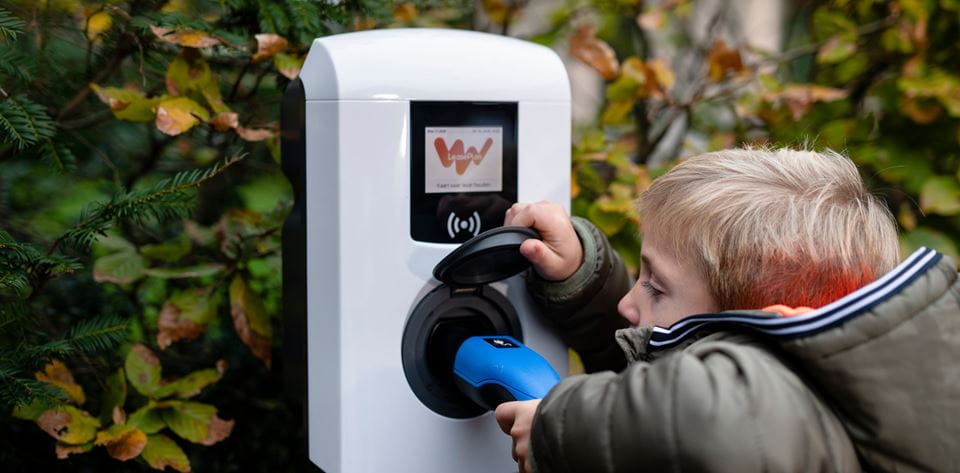Of course, you will mostly be charging your electric car at home or at work, but sometimes you have no choice but to use a public charging station. Although the procedure is the same as at home, it is advisable to keep the following tips in mind.
By the year 2020, Flanders must offer 7,400 charging points or 3,700 charging stations. In Brussels, PitPoint will receive a concession to expand and operate a network of charging stations for a period of ten years and in November, Wallonia allocated €750,000 to install more charging stations along its highways. In other words, the number of charging stations is growing rapidly. Although most of these look virtually the same, there are some differences to look out for.
Determine your charge rate
The forest of charging stations offers a wide range of charging options. These stations all have a certain charging capacity. These days, most charging stations offer a charging capacity of 22,000 watt, which means you can charge up to 150 kilometres per hour. However, older charging stations may offer a lower charge rate.
The available power of the charging station is not the only important factor. The type of car you drive also determines how quickly you can recharge your battery. An electric car charges its battery in much the same way as a laptop: the power outlet produces an alternating current, yet the battery uses a direct current. That is why there is always a transformer there as well (the black box). Your car is equipped with a similar box with a limited capacity. That limitation determines your maximum charge rate.
The well-known superchargers inject a direct current straight into your battery, which allows for higher charge rates. A modern supercharger has a minimum capacity of 50 kilowatt, which means you can charge at a rate of circa 250 kilometres per hour. Tesla drivers can use the Supercharger network that offers a capacity of 120 kilowatt, which can easily charge 250 kilometres in just thirty minutes. In other words: for longer trips, stopping to recharge a bit sooner or taking a small detour can ultimately save you a lot of time if doing so means you can use a faster charging station.
The right card
In recent years, the number of charging station operators has grown exponentially. They, along with other organisations, offer charging cards with which you can pay for your charge. As you might expect, however, not all charging stations accept all cards. To avoid nasty surprises on the road, it is advisable to use a smartphone app to help you find a charging station that will let you use your card to recharge your car. Some of these apps will even tell you if a certain charging station is currently being used by another driver.
Be careful when using a charging station located on private property
These may be accessible at any time or be placed behind a barrier on a company parking lot; there is no hard-and-fast rule. In some cases, the charging station is only available to employees, while others cut the power after working hours. An increasingly important network consists of charging stations in public parking structures. Most of these structures do not charge anything extra if you want to charge your car. Some shopping centres also feature charging stations. Note, however, that most of these stations are only available during opening hours and for customers who have spent a certain amount in the store.



